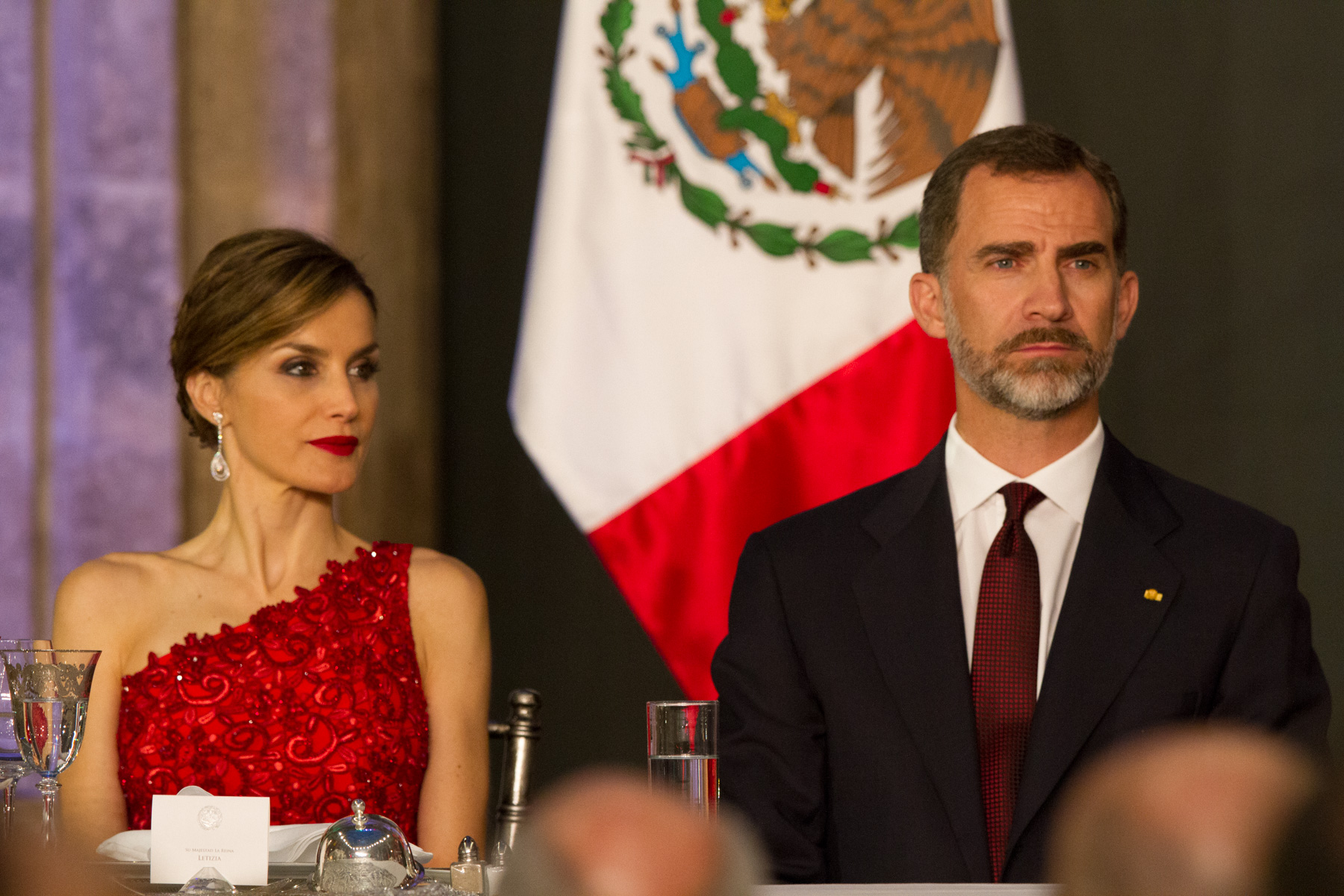Princess Kate made a public appearance today at the traditional ceremony, Trooping the Colour, a grand ceremony held annually in London to mark the official birthday of the British sovereign. Although King Charles won’t be 76 until November, the monarch’s birthday is always celebrated on the third Saturday in June.
In a personal written message released on Friday, Kate gave her supportive public an update on her cancer treatment, saying she had been “blown away” by the thousands of kind messages from across the globe that followed her cancer announcement in March.
Kate also said that she is making good progress as she undergoes what she called “preventative chemotherapy” but at the same time she underlined that she is “not out of the woods” yet.
The British royal family has long been a symbol of resilience and strength, and their recent forthrightness about the health challenges faced by both King Charles and Princess Kate has only deepened public admiration.

The courage displayed by Kate—the mother of three young children who also faces onerous official duties on behalf of the monarchy–in sharing her cancer diagnosis and treatment journey has been met with an outpouring of support. Her grace under such personal trials, attending public events and maintaining her royal duties as much as has been possible given the challenging circumstances, has been inspiring to the British and to the world.
By the same token, King Charles’s openness about his own health struggles has shown a human side to the monarchy that often seems shrouded in coldness and formality. The way the royal family has handled these diagnoses, with transparency and poise, has not only brought them closer to the public but also raised awareness about cancer, encouraging conversations and potentially saving lives through early detection and treatment. Indeed, it has arguably strengthened the British monarchy, an institution widely believed to be an anachronism and an unjustifiable public expense, under fire all across Europe.
While the British Royal House has emerged stronger from recent events, the same cannot be said of the Spanish royals, whose troubles started in 2012 with devastating revelations about their secret lives, corruption, internecine wars, and the outrageous waste of public funds. By 2014, Juan Carlos abdicated the throne after having reigned for 40 years. While presented as a personal choice, the reality was that public support had been seriously eroded by a corruption investigation involving his daughter’s husband, revelations of his serial adultery, dubious financial connections to Arab countries, and a scandalous elephant hunting trip during Spain’s financial crisis.

The Bourbons’ troubles did not end with Juan Carlos’ abdication, if anything, they have deepened as revelations continue to emerge about Queen Letizia’s lurid past. While at first these seemed merely scurrilous rumors, they were later substantiated by credible evidence: abortions, multiple adulterous affairs, the alleged entrapment of a naïve and infatuated Prince Felipe into a hasty marriage, all these have led to the estrangement of the royal couple and it is now an accepted fact that the two have been living separate lives since Felipe learned of the affairs his wife had–one with her former brother-in-law, Jaime del Burgo that lasted over two years–even after they were married. The latest book, written by royal expert Jaime Penafiel, “Letizia y Yo”, has confirmed clamorous allegations that were first made by Letizia’s cousin David Rocosolano in “Adios Princesa” in 2013, and added new ones.
It is now an open secret that in 2025, when the infanta Sofia reaches the age of 18, there will be a divorce in the Spanish Royal House: innumerable sources have asserted that Felipe and Letizia plan to put an end to the sham performances that they have kept up for the sake of appearances. However, given the strong and powerful republican movement that exists in Spain, the still-hypothetical divorce may become the last nail in the coffin of the Spanish monarchy.
The British royal house faced a similar spate of scandals in the 1990’s, in the long lead-up to Charles and Diana’s divorce, and it survived those blows, but these are different times, and it has become ever more difficult to justify an outdated institution. Nevertheless, as long as the Windsors can inspire the kind of love and support they have been getting, the monarchy has a chance of surviving in the UK.
One social media user expressed the collective sentiment of the moment: “King Charles looks resplendent in his uniform. He appears quite well. I wish him good health and a wonderful reign.”











